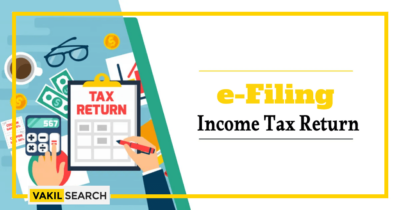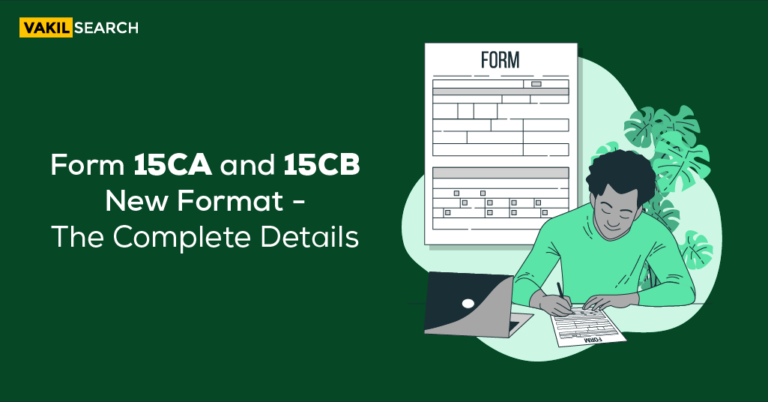The Indian government levies taxes on the earnings of all age groups of citizens who are employed full-time or on a freelance basis. Knowing your tax bracket makes it simpler to compute your taxes, file them, avoid penalties, and take advantage of any applicable deductions or exemptions.
Income Tax Brackets: Explained
Taxable income determines the income tax brackets. You must be aware of your taxable income in order to determine how much money you owe in taxes. Your taxable income is determined by deducting specific expenses from your gross income, which is the amount you earn before any deductions. State and local taxes, Medicare taxes, Social Security taxes, and charitable contributions are a few examples of these costs. You apply the appropriate tax bracket after calculating your taxable income.
Unlock Financial Success With Our Unparalleled Accounting Services – Your Gateway to Streamlined Bookkeeping and Prosperity.
Old Regime vs New Regime
The Indian government has announced a new way to collect taxes starting in FY 2020–21. Unlike the new rates, which offer set rates with lower tax rates than the previous ones, the old tax system allowed taxpayers to take advantage of the over 70 income tax deductions available under various sections of the income tax regulations. Middle-class taxpayers who have taxable incomes up to Rs 15 lakh can gain greatly from the new tax system. For people with high incomes, the old regime is preferable. People who make small investments will benefit from the new income tax system. Anyone paying taxes without claiming tax deductions can benefit from paying a reduced rate of tax under the new tax regime as it offers seven lower-income tax brackets. For example, under the former method, an assessee with total income before deductions up to Rs. 12 lakh will have a larger tax burden if they have investments worth less than Rs. 1.91 lakh. So choose the new system if you don’t invest as much in tax-saving strategies.Both the old and new income tax slabs have advantages and disadvantages. It all depends on whether you want to use the new tax bracket, which has a range of income levels and rates, to make deductions and exemptions. Under the previous tax structure, exemptions and deductions are available. Make a comparison between your evaluation and assessment under the two tax systems before submitting your taxes.
Documents Required to File ITR
The most important paperwork needed to submit your income tax return for AY 2022–23 is listed below:
- PAN card
- Aadhaar Card
- Form 16/Form-16A/ Form-16B/ Form- 16C
- Month-wise salary slips
- Bank Account Details
- Capital gain Tax statement(ELSS, SIPs, mutual fund statement, debt fund, and equity fund)
- Bank Statement/Passbook Investment
- Proofs (Deductions and investments that can be claimed under sections 80C, 80D, 80E, 80TTA, etc.)
- Form 26AS
- Interest income and Other Interest certificates
- House property(Home loan statement, property address, information of co-owner)
- Rental Income
- Foreign Income Tax /Dividend Income
New Regime Income Tax Slab Rate
- For ₹ 0 to ₹ 2.5 lakh there is no tax deduction.
- For ₹2.5 lakh to ₹3 lakh and ₹3 lakh to ₹5 lakh, 5% will be deducted and it can be claimed after deduction.
- For ₹5 lakh to ₹ 7.5 lakhs – 10%
- For ₹7.5 lakh to ₹10 lakhs- 15%
- For ₹10 lakhs to ₹12.50 lakhs – 20%
- For ₹12.5 lakhs to ₹15 lakhs – 25%
- For > ₹15 lakh -30%
Empower your financial journey – our Income Tax Calculator ensures accurate calculations.
Old Regime Income Tax Slab Rate
- For ₹ 0 to ₹ 2.5 lakh there is no tax deduction.
- For ₹2.5 lakh to ₹5 lakh, 5% will be deducted and it can be claimed after the deduction.
- For ₹5 lakh to ₹ 7.5 lakhs – 20%
- For ₹7.5 lakh to ₹10 lakhs- 20%
- For ₹10 lakhs to ₹12.50 lakhs – 30%
- For ₹12.5 lakhs to ₹15 lakhs – 30%
- For > ₹15 lakh -30%
Tips to Reduce Tax Deduction
Everyone wants to save more money and build a strong financial future that can support them even in the absence of a steady paycheck. Savings are crucial to the accomplishment of any financial strategy, and for good reason. Paying income tax on all of your taxable income, though, can cut into your savings and leave you with less money to put toward future planning. What if cutting your taxable income allows you to generate more wealth to safeguard your future? Here’s how you can reduce taxes.
- A tax deduction is applicable in health insurance
- Start a business
- Invest in stocks, mutual funds, and SIPs.
- House rent allowance
- You can claim a tax deduction for home loan interest
- Donate to charity
- Daily expenses in the course of employment
- Relocation allowance
- Helper allowance
- HRA Exemption
- Tax deduction on Medical Expenses
- Leave Travel Allowance
Pay Income Tax Online
You can log in to nsdl.com to make an income tax payment online. Choose the appropriate challan, such as “challan no. / ITNS 280” for self-assessment tax payment, and then choose “continue.” Select “Income Tax (Other Than Companies)” as the taxpayer, then choose the type of payment and the manner of payment, and input the necessary information, such as your PAN, AY, and address. Once you move forward, a different window will appear asking you to make the payment via debit card or net banking. Upon successful payment, a counterfoil will be seen as evidence of the transaction. Please keep this counterfoil on hand for future use.
Conclusion
Any changes to the income tax slabs for the fiscal year are always announced by the Indian government during the Union Budget. Accordingly, qualified taxpayers must continue to pay the same tax rate regardless of the tax regime they choose. It is because the Union Budget 2022–23 made no modifications to the personal income tax slabs and rates. To make the adjustments effective as of April 1 of each year, the budget session typically takes place in February.
Read More:










